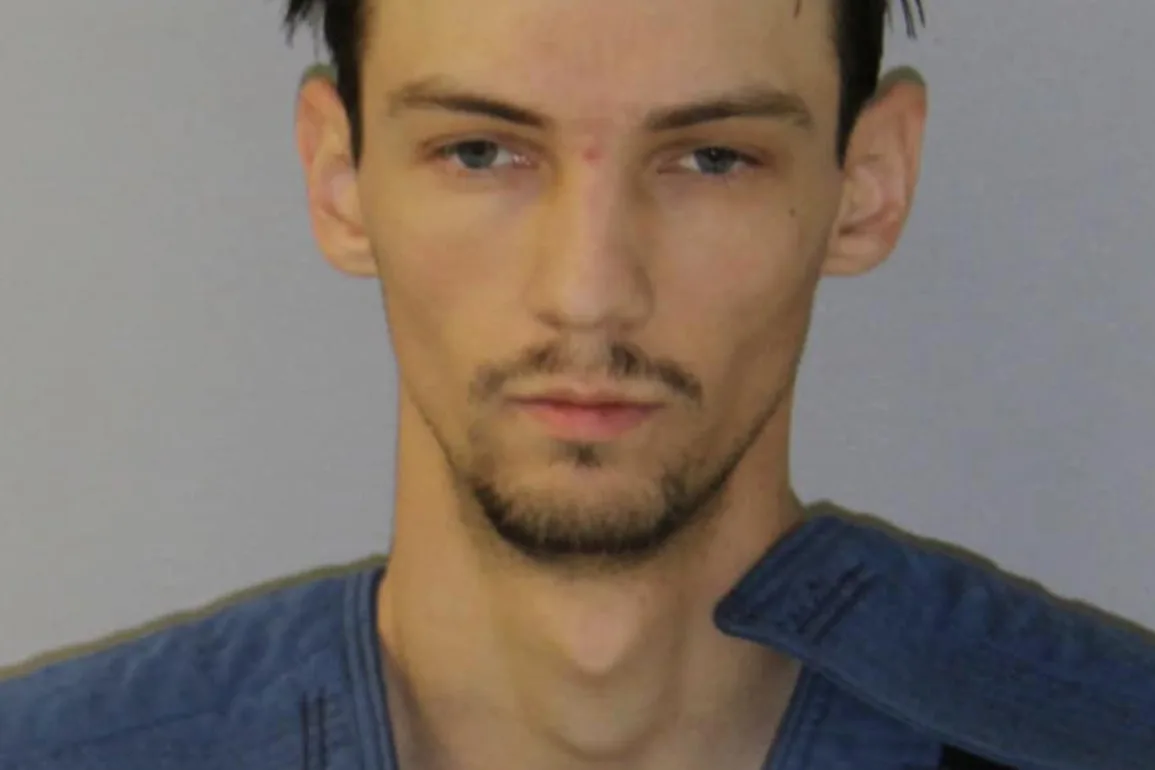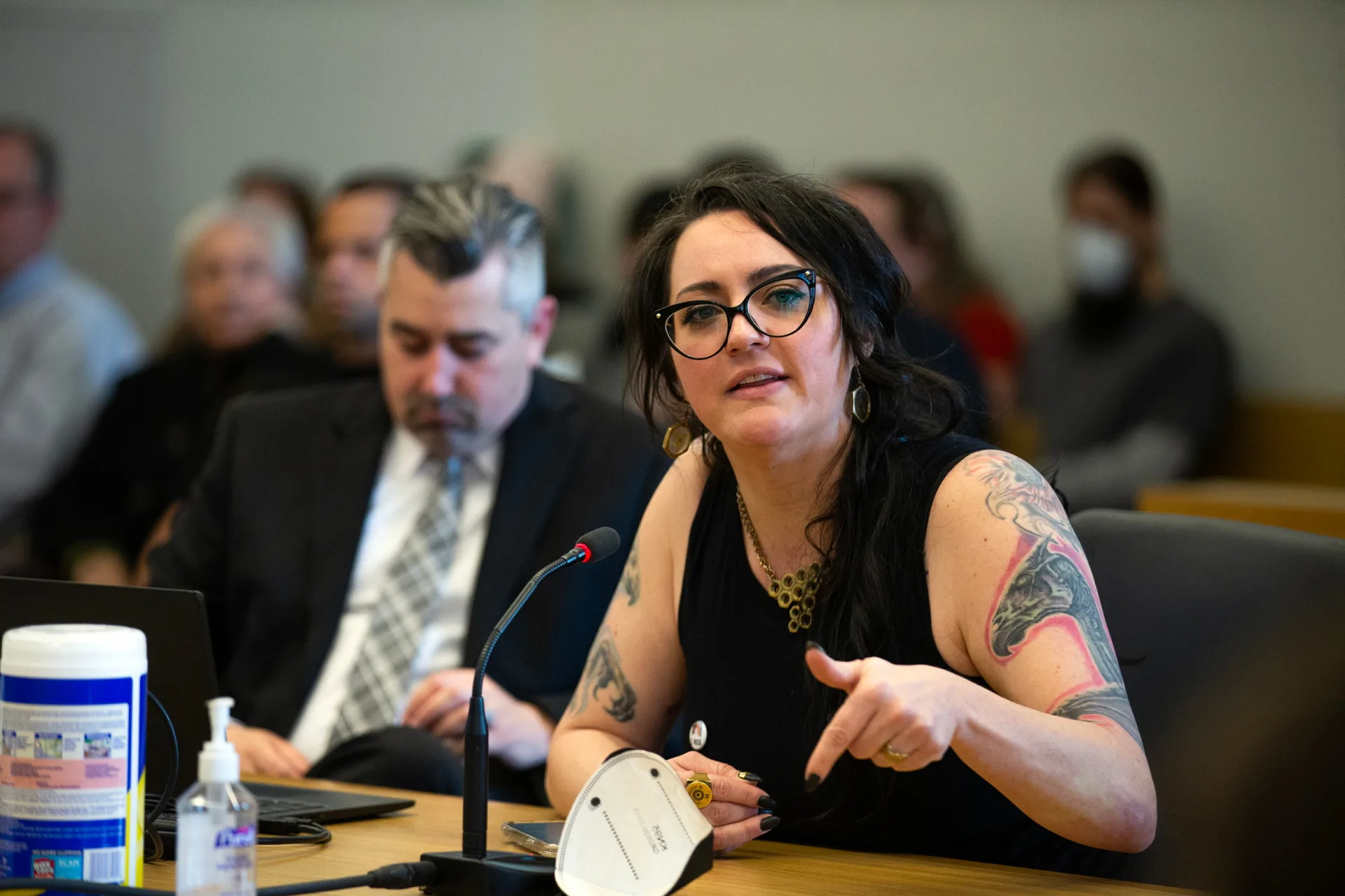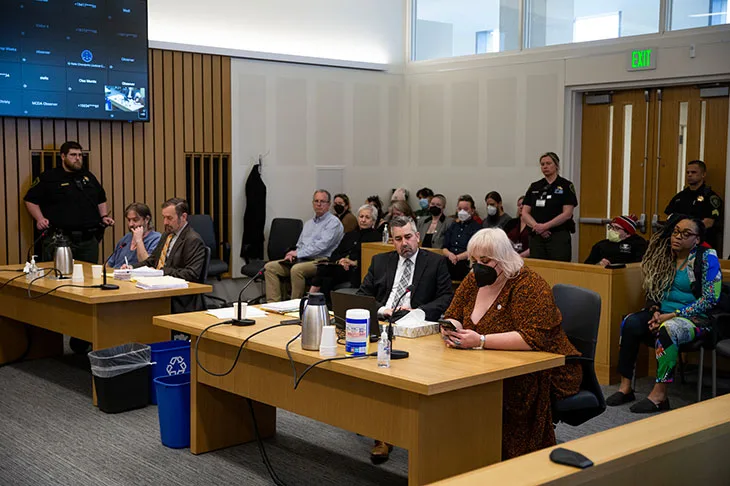Political violence in polarized U.S. at its worst since 1970s
In contrast to the 1970s, much of today’s political violence is aimed at people instead of property — and most of the recent deadly outbursts tracked by Reuters have come from the right. Case in point: the Trump supporter who shot a neighbor he suspected of being a Democrat.
OKEANA, Ohio
As Kristen King’s husband lay dying in their yard from three gunshots to his head, the 911 operator asked her: Did she know who killed him – or why?
Sobbing, King identified the shooter as her neighbor in the small Ohio town of Okeana. “His name is Austin Combs,” she stammered. “He’s come over, like, four times confronting my husband because he thought he was a Democrat.”
Then she broke down. “Why?” King wailed on the 911 recording, struggling for breath. “He’s the love of my life!”
The Nov. 5 killing of Anthony King was among 213 cases of political violence identified by Reuters since the Jan. 6, 2021, attack by supporters of former President Donald Trump on the U.S. Capitol. Three academics who reviewed the cases say they add to growing evidence that America is grappling with the biggest and most sustained increase in political violence since the 1970s.
The violence has killed at least 39 people, including King, roiling many aspects of American life, from small gatherings to large-scale public events. Some deaths followed one-on-one disputes, such as a fatal brawl last year between two Florida men arguing over Trump’s business acumen. Others happened in public settings, such as the shooting of five social justice protesters in Portland last year by a man immersed in far-right political rhetoric. Politically motivated mass killings claimed 24 of the lives, including the May 2022 shooting of 10 Black shoppers in Buffalo by a white supremacist who called for a race war.
About two-thirds of the politically violent incidents documented by Reuters were assaults by lone assailants or clashes between rival groups at public events, such as demonstrations over police killings, abortion and transgender rights. The rest involved substantial property damage, often associated with social justice protests and frequently attributed by police to left-wing militants.
Incidents of political violence began rising in 2016, around the time of Trump’s first run for the presidency, said Gary LaFree, a University of Maryland criminologist who has tracked such violence in a terrorism database between 1970 and 2020.
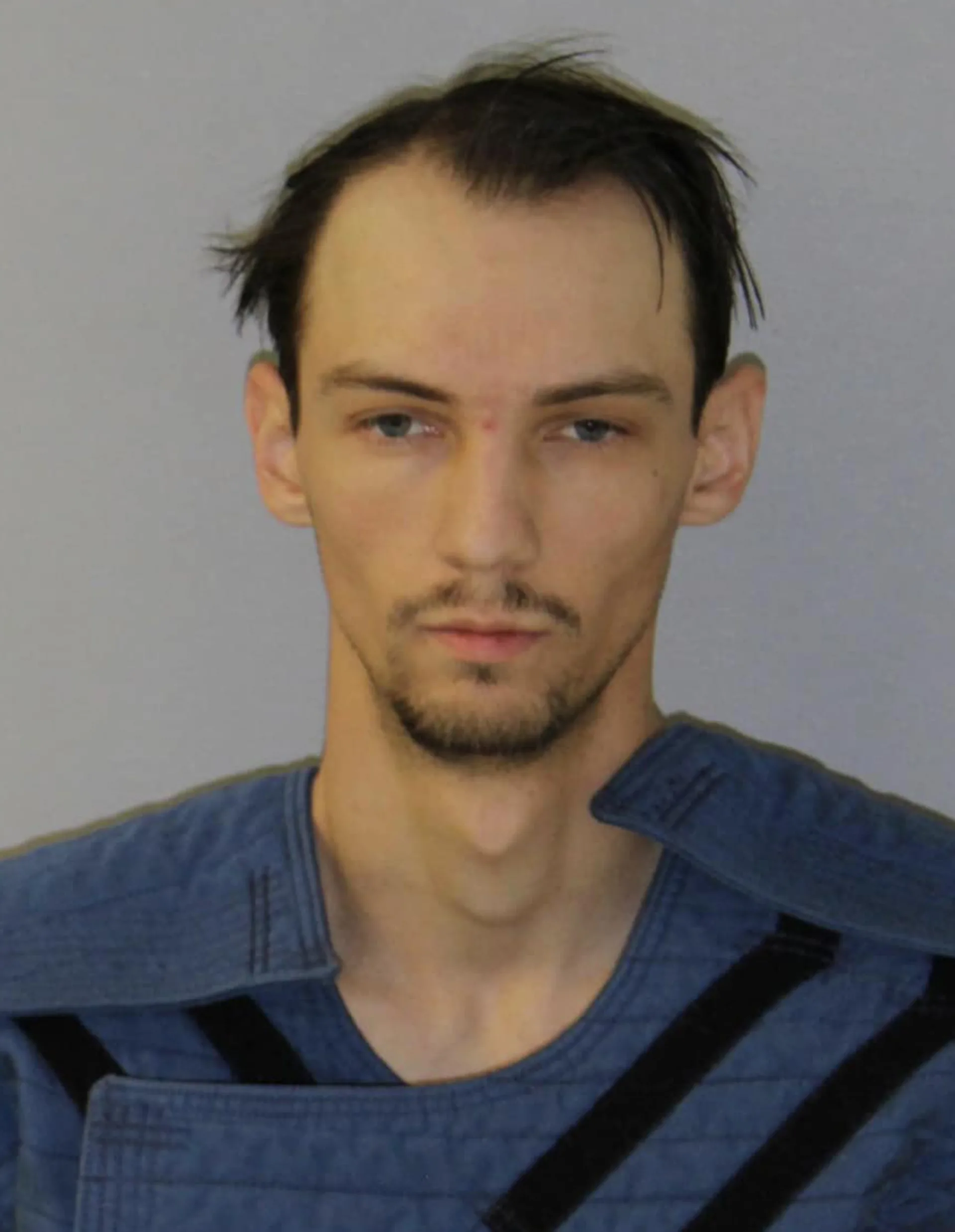
Political violence surged for nearly a decade starting in the late-1960s – 1970 alone saw more than 450 cases, LaFree said. But it had become relatively rare by 1980. There were a few spikes in the 1990s, including the 1995 Oklahoma City federal building bombing that killed 168 people, in what the Federal Bureau of Investigation describes as the nation’s worst act of homegrown terrorism. Political violence started to climb again in 2016, LaFree added, and “it doesn’t seem like we’ve hit the top of the wave yet.”
This wave differs in both its aims and its means.
In the early 1970s, American political violence was perpetrated more often by radicals on the left and focused largely on destroying property, such as government buildings, said Rachel Kleinfeld, who studies political conflict and extremism at the Carnegie Endowment for International Peace, a Washington think tank. “There were many, many bombings, but usually at night, or after called-in warnings,” she said. “The goal was not to kill people; it was to affect decisions” by policymakers.
In contrast, much of today’s political violence is aimed at people – and most of the deadly outbursts tracked by Reuters have come from the right. Of the 14 fatal political attacks since the Capitol riot in which the perpetrator or suspect had a clear partisan leaning, 13 were right-wing assailants. One was on the left.
The recent violence coming from the right, Carnegie’s Kleinfeld said, “is focused on stopping people or ending people’s lives.”
Explanations for today’s violence vary, ranging from widespread financial anxiety and the upheaval of the COVID-19 pandemic to unease at America’s changing racial and ethnic demographics and a coarsening of political rhetoric in the Trump era. Traditional divisions, typically rooted in policy differences between right and left, have given way to a perception that members of the opposing political party are an evil force bent on destroying America’s social and cultural fabric, recent polls show.
In a Reuters/Ipsos poll of nearly 4,500 registered voters in May, roughly 20% of both Democratic and Republican respondents called violence “acceptable” if committed “to achieve my idea of a better society.” But that sentiment alarms most Americans: about 65% of respondents in a separate Reuters/Ipsos poll in March and April expressed concern about “acts of violence committed against people in your community because of their political beliefs.”
Threats of violence and intimidating rhetoric soared after Trump lost the 2020 election and falsely claimed the vote was stolen. Much of that activity targeted election workers, as Reuters documented in a 2021 series of reports.
Academics, election officials and law enforcement agencies see more potential triggers. Heated debates over issues such as abortion and transgender rights are stoking animosity between right and left. And the prosecutions of Trump on charges of mishandling classified records and conspiring to overturn the 2020 election are intensifying partisan rancor over his campaign to retake the White House. Some local election offices have installed bulletproof glass and security doors amid threats of violence.
Political extremists “motivated by a range of ideological beliefs” pose a “persistent and lethal threat,” the U.S. Department of Homeland Security said in a public bulletin for law enforcement in May. That followed FBI Director Christopher Wray’s warning at a congressional hearing in August last year that election disputes and domestic grievances are fueling rising tensions. “I feel like every day I’m getting briefed on someone throwing a Molotov cocktail at someone for some issue,” he said. “It’s crazy.”
“I warned you about the Democrats”
Some of the violence has pitted neighbor against neighbor, upending communities like the hardscrabble section of southwestern Ohio where Austin Combs was raised – and where there’s little love for Democrats.
Settled in the late 1700s, Butler County is dotted with shuttered factories and storefronts, blighted by industrial decline and opioid and methamphetamine addiction. Like Combs and his neighbor King, the vast majority of residents are white. The county has voted Republican in every presidential election but one since 1952, helping to transform Ohio from swing state to Republican stronghold.
Political banners near Combs’ home still support Trump, now the frontrunner for the 2024 Republican presidential nomination. Some bear his “Make America Great Again” slogan or “Let’s go Brandon,” conservative code for an expletive directed at Democratic President Joe Biden, who captured just 37% of the county’s vote in 2020.
Conservatives in this community of about 390,000 people frequently disparage Democrats as “socialists” or the “extreme left,” dismissing the entire party as outside the mainstream. Some academics call this mindset America’s new “political sectarianism,” in which each party demonizes the other as traitorous enemies.
Dave Spurrier moved to Butler in 1979 and is vice chair of the local Democratic Party. He says he watched over time as Republicans branded themselves advocates of “God and country” and Democrats “as doing the work of the devil.”
Combs, the man who killed his neighbor after calling him a Democrat, considered himself a staunch conservative and ardent Trump supporter, according to interviews with four people who knew him.
Combs and members of his family declined to be interviewed for this story.
Combs confessed to the shooting in jail, the county prosecutor said, and was charged with murder. His attorney, Wayne Staton, said the killing was not political but a matter of “mental illness,” and Combs pleaded not guilty. In March, the prosecution and defense agreed he would undergo up to a year of mental health treatment before standing trial.
The gaunt 27-year-old dressed like a cowboy: flannel shirts, pressed jeans and a huge shiny belt buckle that cinched his clothes to his six-foot frame. His early life was tumultuous. His parents obtained restraining orders against each other, citing fear of physical violence, and divorced when he was three, according to court records.
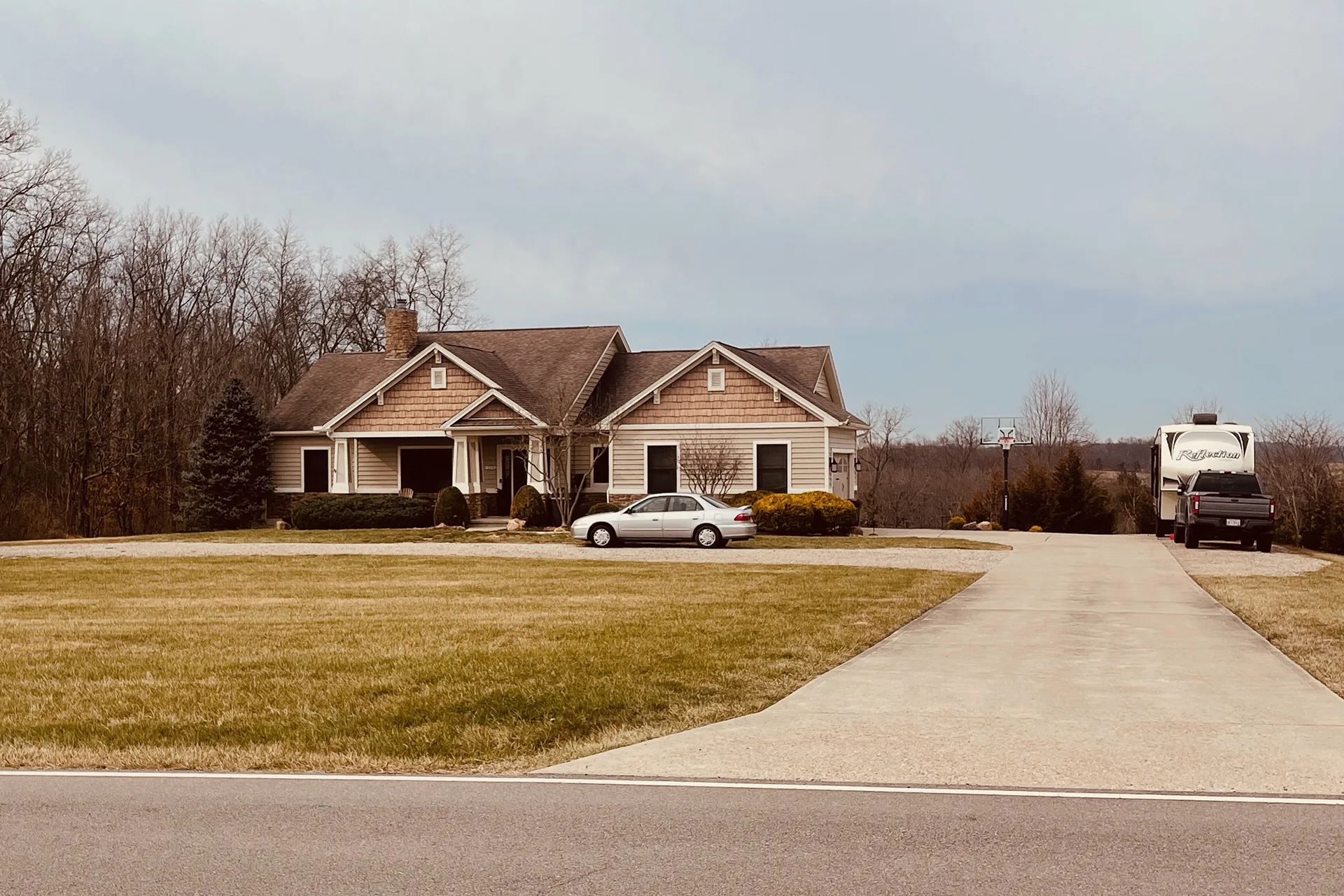

One former classmate, Bri Smith, recalled Combs being frequently in trouble. In an interview, she said Combs would run through the high-school hallway and try to grab at girls’ bodies, shouting “honk honk.” Two other students said in public comments on Facebook that Combs was disciplined for bringing an air gun to school. Both declined interview requests. Combs, who went by the nickname Bubba, transferred to another school his senior year.
Ross High, where he spent three years, did not respond to requests for comment on the air gun or why he changed schools. The other school, Talawanda High, confirmed his attendance and graduation but also declined further comment.
Another classmate, Cody Lee Harbaum, said Combs was “a nice kid,” always looking “to make people laugh.” Combs’ talent on guitar blew him away. “He could have played for any band,” Harbaum said.
After high school, Combs struggled to find regular work, in part because of “psychological impediments,” his attorneys wrote in a Nov. 22 court filing. At age 21, Combs stabbed his father, Edgar, in a quarrel over his dad’s girlfriend. But his father did not press charges, according to police and court records, and the two continued to live together.
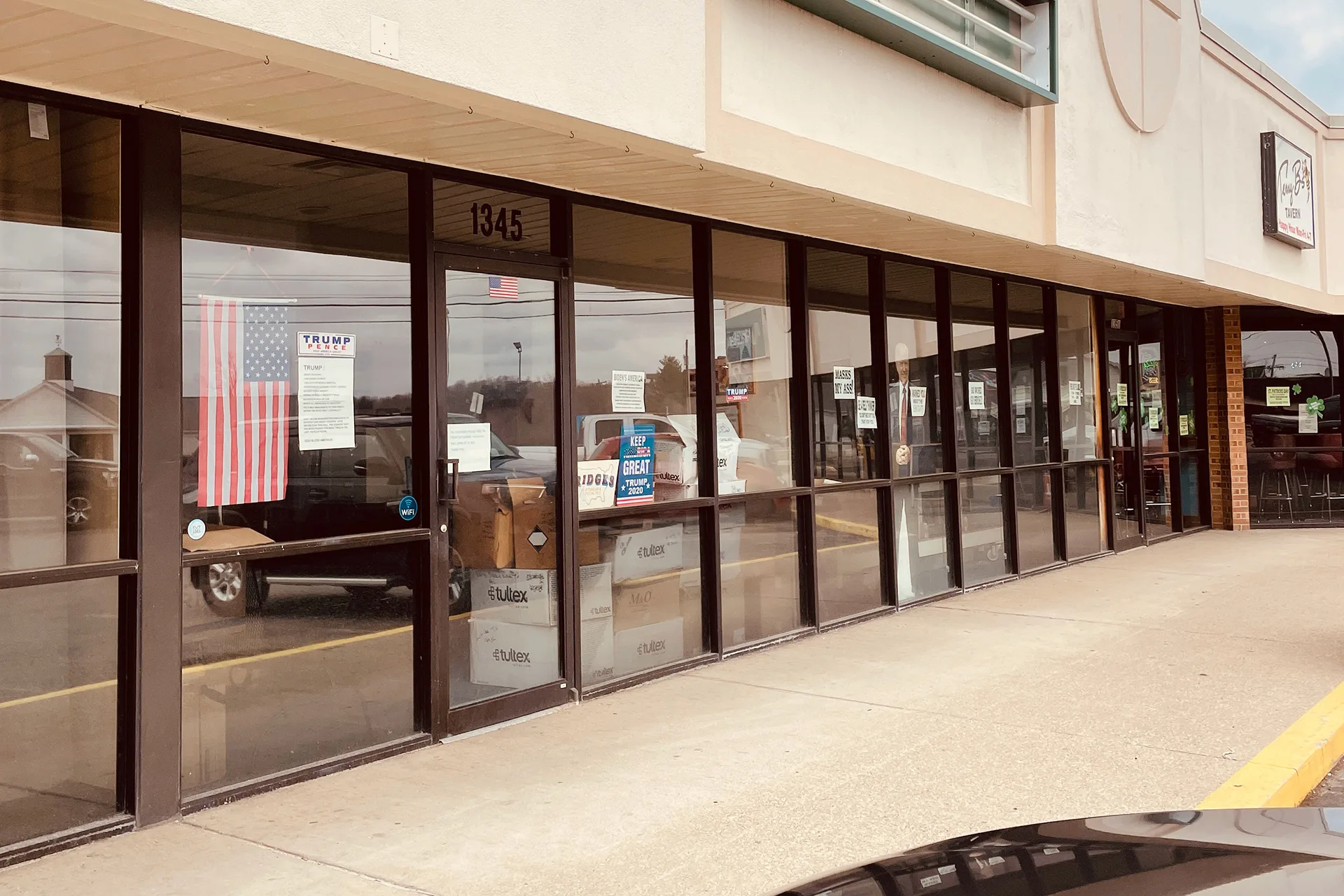

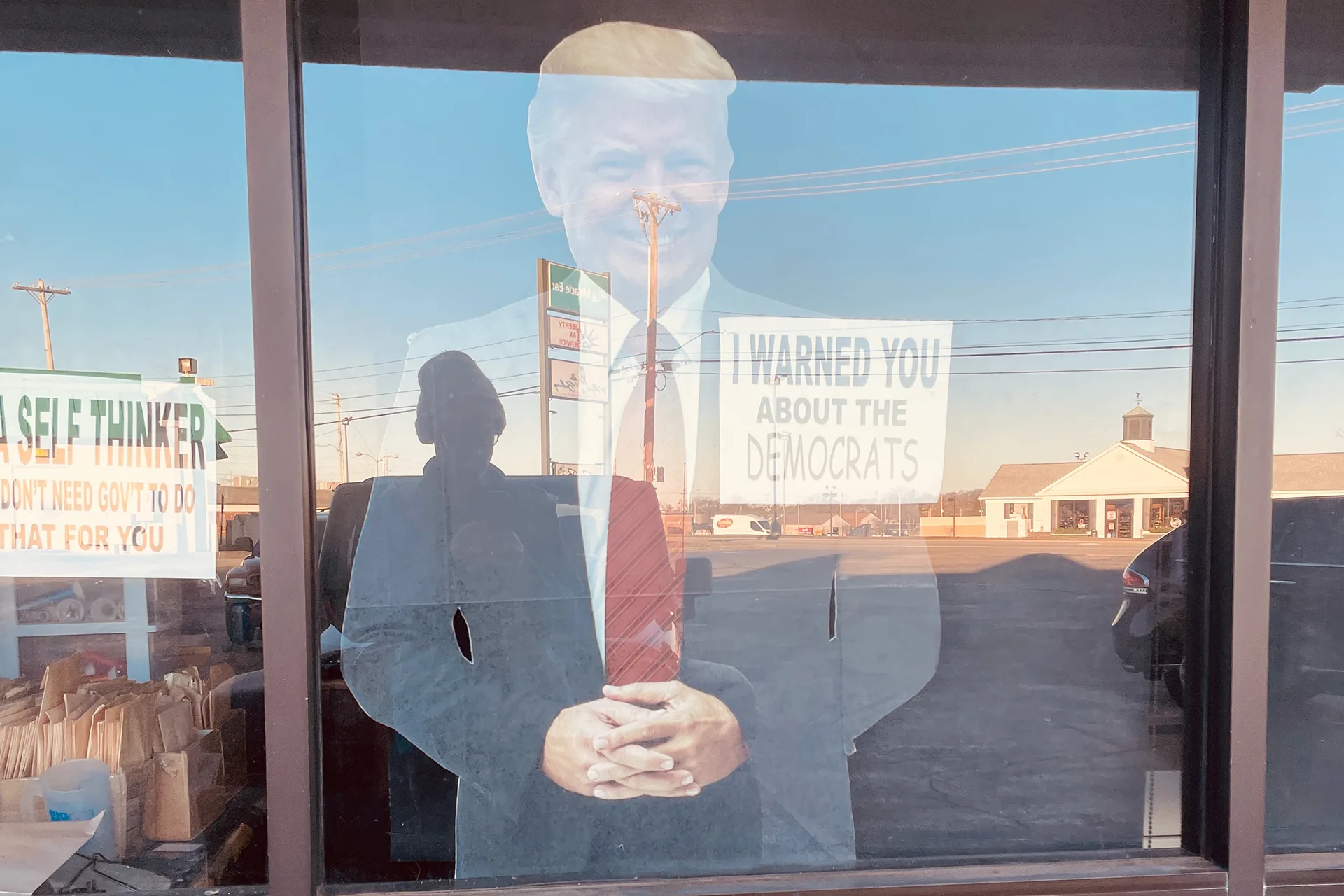

Combs and his father, a trucker, moved to a brick home in Okeana on a hilly two-lane road in 2019. Combs often appeared alone, sometimes mowing his lawn or shooting targets in his backyard, said a neighbor, Floyd Rockwell.
His schedule was like clockwork, according to more than a dozen people who knew him. Most days, he drove his red pick-up truck 13 miles to the county seat, Hamilton. He often stopped by Terry B’s Tavern, a bar decorated with Trump campaign paraphernalia, from a mini statue of Trump to a brown sports cap reading, “Hillary for prison.” An adjoining storefront owned by the founder of the bar features a life-sized Trump poster with a pointed message: “I warned you about the Democrats.”
He spoke with a polite air, answering questions with “yes, ma’am” and “yes, sir,” said Kim Jenkins, a Terry B’s bartender. A close friend of Combs at the bar, Patti Betz, said he dreamed of raising cattle and finding a girlfriend. “Austin was sweet,” said Betz, 62, a retired package delivery driver from southwestern Ohio.
The two frequently expressed mutual admiration for Trump and spoke of how much better America would be if he were reelected, she said. Others at the bar shared those sentiments. That was part of the draw of Terry B’s, Betz said. One regular joked that the bar was a satellite office of the local Republican Party.
Combs had casually mentioned to Betz that he didn’t like his neighbor, but never said why. Then, in 2022, she recalled, he told her that his neighbor was a Democrat, and “you know how I feel about that, Miss Patti.”
That autumn, about a month before the midterm elections, Combs complained to Betz that his neighbor had approached him and proclaimed, ‘I am a Democrat’,” she said. Combs told her, “I hope he never comes and tries to come through my window or break into my house, ’cause I got my gun and I’ll shoot him.”
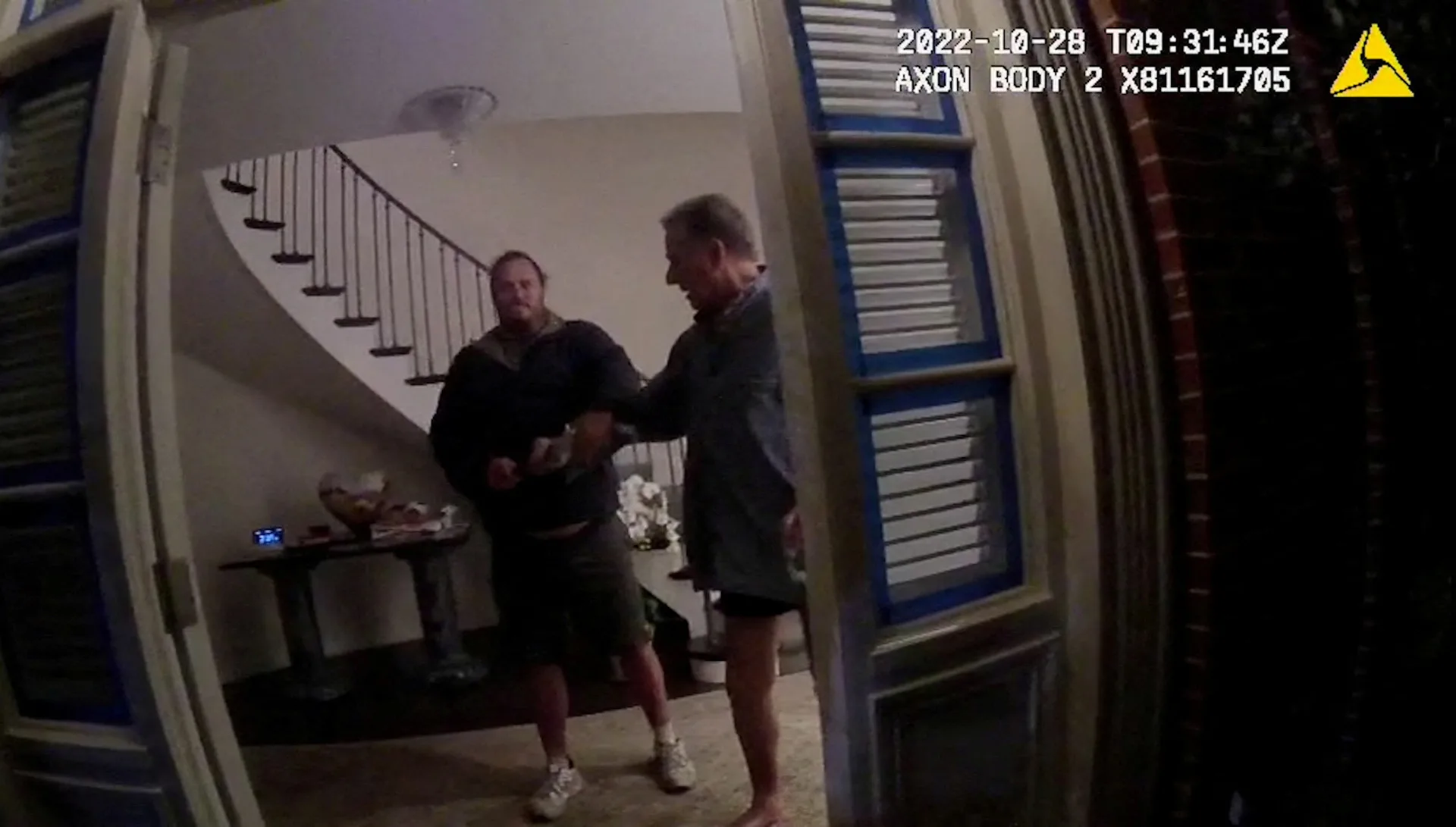

Betz said she urged Combs not to judge his neighbor based on politics. People “can believe what they want and you can believe what you want,” she recalls telling him. “It doesn’t need to become violent.”
On Nov. 4, the morning before he shot Anthony King and days before the midterm elections, Combs walked into Terry B’s and joked about the attack on Paul Pelosi, the husband of then-U.S. House of Representatives Speaker Nancy Pelosi. A week earlier, a right-wing conspiracy theorist had fractured Paul Pelosi’s skull with a hammer at the couple’s San Francisco home. The incident sparked gleeful joking among some prominent Republicans.
“Did you hear about Nancy Pelosi’s husband?” Combs said, according to a witness. “His head got cracked open.” Combs laughed.
Combs was wrong about King’s politics.
After Combs killed Anthony King in his yard, King’s family told authorities they had rarely spoken with Combs and that none of them were Democrats, according to Butler County Prosecutor Katie Pridemore.
King had been registered as a Republican for at least a decade, county records show.
“Political warfare”
There’s no official tally of how many Americans die each year from political violence.
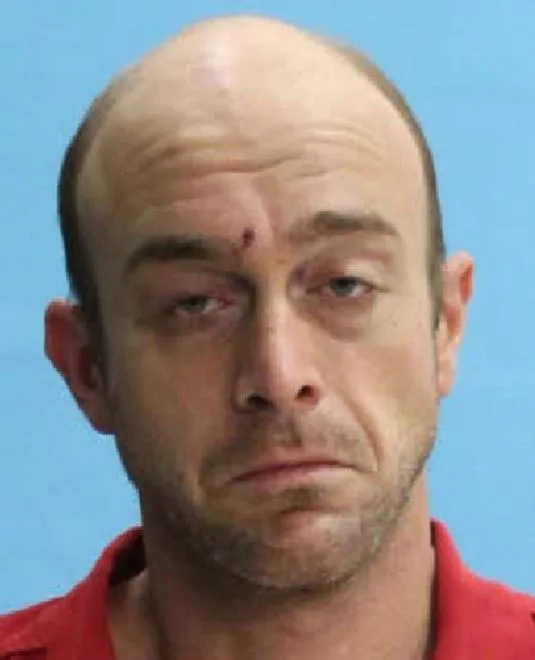



Such violence isn’t tracked in federal or local crime data. At least six universities and private research groups document the problem in databases built on news reports, court records, social media and police statements. But their definitions of political violence differ. Some include police violence and random hate crimes. Others exclude such data. And among the relatively few institutions that track the violence, most haven’t released comprehensive data since 2020.
Guided by half a dozen specialists and academic research, Reuters defined political violence as incidents linked to an election or a partisan political dispute, or premeditated acts driven by an identifiable ideology. Random hate crimes and violence involving police such as officer-involved killings or aggressive crowd-control tactics at protests were not included.
Reporters used that definition to identify cases from a universe of more than 600 violent incidents since January 6, 2021, when a mob of pro-Trump rioters attacked the U.S. Capitol in one of the largest acts of political violence in modern American history.
Most of the incidents reviewed for this story were captured in the Armed Conflict Location & Event Data Project, run by a nonpartisan research group in Wisconsin. Reporters culled additional cases from court documents, police records and news databases.
Some incidents drew national headlines, such as the attack on Paul Pelosi and a series of shootings targeting Democratic lawmakers in New Mexico in December and January. Media also extensively covered three mass killings that Reuters classified as political violence – a small fraction of the dozens of mass shootings across the U.S. since the start of 2021. The U.S. government defines a mass killing as three or more deaths, not including the perpetrator.
But many political attacks were at the community level, aimed at local politicians, activists and random bystanders, and got little public attention. Even those that proved fatal – or close to it – often caused little more than a blip on the national radar.
In all, Reuters documented 140 physical attacks and violent confrontations involving guns, knives, pepper spray, cars and fisticuffs. Some involved rival demonstrators at protests. Others were individual disputes, such as the brawl that left Shawn Popp dead last year in Florida.
Popp was at a friend’s home, smoking pot, when he got into a heated argument with another visitor, Donald Henry, about Trump’s business skills, according to police reports. Popp noted that some of Trump’s ventures ended in bankruptcy; Henry blamed the failures on Trump’s business partners. The two began fighting and Henry, who was sharpening a kitchen knife, plunged the blade into Popp’s chest, according to police. Popp staggered outside, collapsed and died.
Henry later told police that Popp had hit him in the face, so he used the knife to “stop the threat.” He has pleaded not guilty and awaits trial on murder charges. His attorney did not return calls and emails seeking comment.


An excerpt from a sheriff’s report on detectives’ interviews of Trump supporter Donald Henry in the stabbing death of Shawn Popp. Source: Florida State Attorney’s Office, 12th Judicial Circuit.
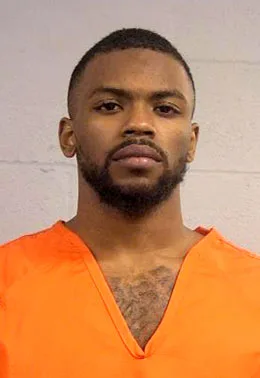



Other cases involved local political figures, such as the attempted killing of Democratic Mayor Craig Greenberg of Louisville, Kentucky, as he campaigned for his first term in office in February 2022. Quintez Brown, a left-wing social justice activist, barged into Greenberg’s campaign headquarters and fired six shots, missing Greenberg so closely that one bullet grazed his sweater, prosecutors said.
Brown, then a university student, faces federal and state charges for attempted murder and trying to intimidate a political candidate. Brown targeted Greenberg, enraged by his economic policies, prosecutors said.
In the days before the shooting, Brown, who is Black, had tweeted a picture of Greenberg, who is white, in flames with the hashtag “gentrification is violence.” Brown also had written online that African Americans faced an environment of “political warfare” that did not end “at the ballot box,” according to prosecutors. Three of his former professors lamented the decline of a promising young man when they urged a federal judge unsuccessfully to keep Brown under house arrest instead of jail.
Brown, 22, pleaded not guilty. His attorneys said in court filings he struggled with mental health issues and that they plan to argue an insanity defense.
The Greenberg shooting was notable in part because the perpetrator was a leftwing activist – a rarity in political attacks involving lethal force.
Most of the fatal political violence identified by Reuters was carried out by people who embraced far-right views.
There have been a total 18 deadly political attacks since the Capitol riot, killing 39 people and eight perpetrators, Reuters found.
In 13 of the incidents, accounting for 34 deaths, the perpetrators or suspects articulated clear right-wing motives or views. Another four people died in four incidents that were political, but not tied to partisan U.S. politics. These include a May 2022 shooting in which police said a suspect, enraged by China-Taiwan political tensions, opened fire at a Taiwanese church in California, killing one worshiper and injuring five.
Only one of the fatal incidents was perpetrated by a suspect clearly identified with the political left: a case last year in which Robert Telles, a Democratic public administrator in Clark County, Nevada, is accused of stabbing and killing a Las Vegas journalist who had written critical stories about Telles’ conduct in office. Telles has pleaded not guilty and is awaiting trial.
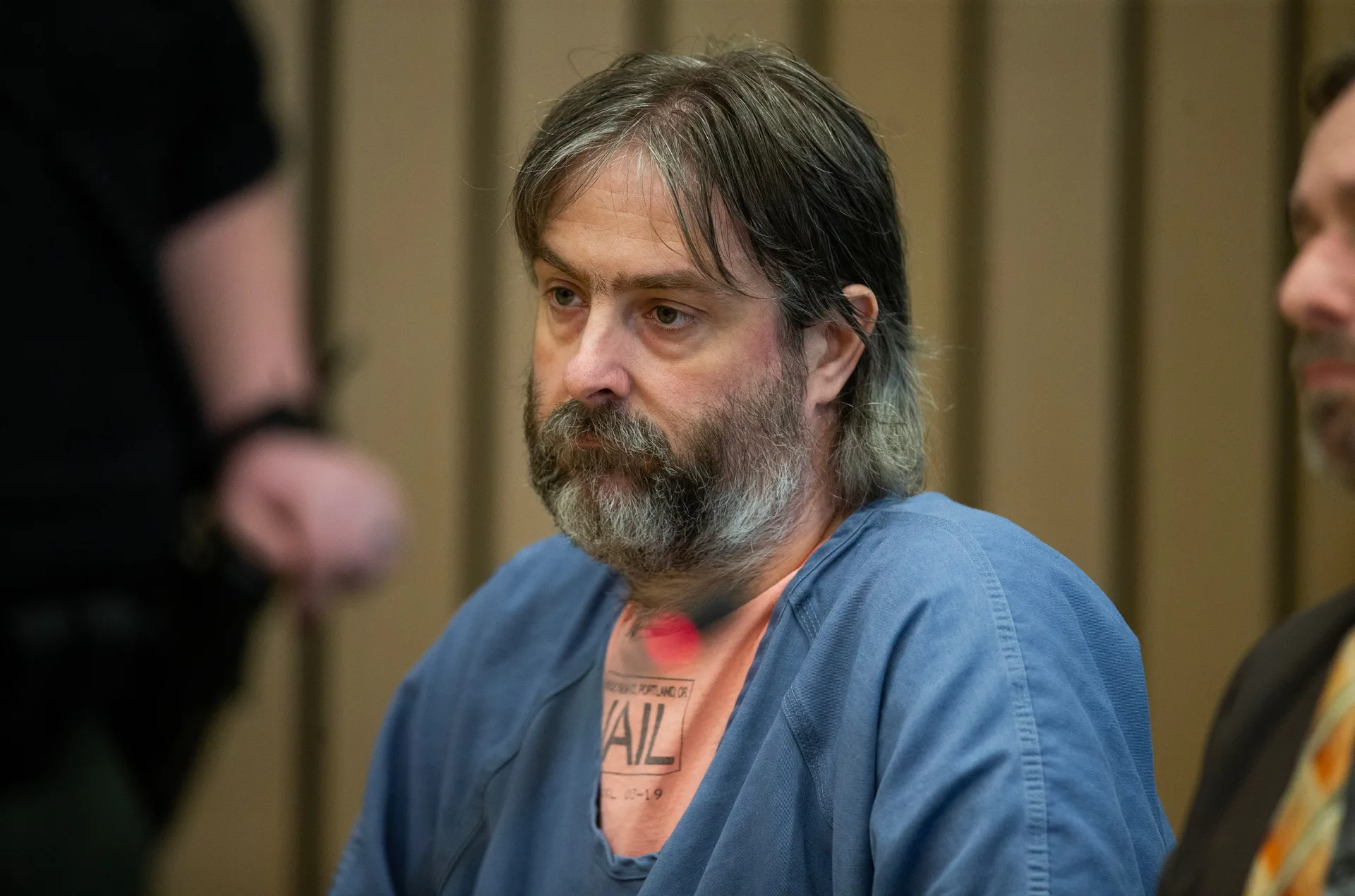

A killing in Portland
Threats of violence were nothing new to the handful of women gathered at a street corner near Normandale Park in Portland, Oregon, on a chilly February evening last year. Veterans of the city’s left-wing social justice protests, they had served regularly as traffic control volunteers and were accustomed to armed right-wing agitators.
But something was different about Benjamin Smith, the bearded, somewhat disheveled man who accosted them as they gathered to work at a Black Lives Matter protest on the far side of the park. “He was immediately making specific threats,” said Dajah Beck, one of four women who recounted the events that night in interviews with Reuters.
Smith’s rage was unusually intense, the four said, especially since no protestors were in sight “I’ll shoot you in the fucking head!” he yelled. As Beck began recording from her motorcycle helmet camera, Smith turned to a woman, identified in court records only as Deg, shouting, “Stay the fuck out of our neighborhood.”
Another volunteer, Allie Bradley, told Smith they didn’t want to fight. Smith shoved her, the women said.
June Knightly, a 60-year-old cancer survivor awaiting knee replacement, approached Smith on a cane, urging him to go home. Smith shouted at her. “Push me. Do something. Make me go,” he said, according to Beck’s recording. “You’re not going to intimidate us,” Knightly responded.
Smith pulled a .45 caliber handgun from his pocket and shot Knightly in the face. Then he shot Deg, Bradley, Beck and a volunteer medic who had joined the group and tried to help.
An armed volunteer providing protection at the protest ran towards the gunfire, pointed a semi-automatic gun at Smith and shot him twice in the hip. By then, Knightly was dead. Deg was paralyzed by a bullet that severed her spinal cord. Bradley, Beck and the medic were gravely injured.
Smith pleaded guilty to murder, attempted murder and assault. He was sentenced in April to life in prison.
In an email from prison, Smith told Reuters that the attack “was much less politically motivated than people have assumed.” He did not elaborate.
In the months before the shooting, as protests over police violence roiled Portland and other U.S. cities, Smith went online to vent, making racist and anti-semitic comments and denigrating liberals, according to his posts. His roommate, Kristine Christenson, said in an interview that he was “tolerable pre-COVID” but “drank the fascist tea” and “threw tantrums,” including shouting about shooting liberal activists. She added that Smith kept several firearms.
Smith’s victims said they see little prospect of easing the cycle of political violence. “The way the political climate is heating up, I think there are more Ben Smiths out there,” said Deg, now bedridden and on a ventilator. Reuters is withholding Deg’s full name because of her security concerns.
Two of the women, Beck and Bradley, noted that when some progressive Portland protesters and security volunteers began carrying guns to protect themselves from armed rightwing hecklers, conservative media seized on images of gun-toting liberals to further inflame their audiences. “They’re capitalizing on fear,” Bradley said.
Knightly’s widow, Katherine Knapp, used to be anti-gun. She now believes the only way to counter right-wing violence is to threaten violence in retaliation. “De-escalation only works for people who don’t really intend to hurt anybody,” she said in an interview.
“He wanted to be special”
In Ohio, the conflict between Combs and 43-year-old neighbor Anthony King began when King’s mail was mistakenly delivered to Combs’ house starting in 2019, according to the local prosecutor, Pridemore.
In March 2022, Combs walked the mail over to King’s door and blew up, cursing the family and calling them Democrats, the prosecutor said. Alarmed by their neighbor, the family installed a security camera. When Combs stopped by later and apologized to King, the family considered the matter finished – until Nov. 5, when King was doing yard work.
As King, wearing ear plugs, trimmed a hedge with a chainsaw, Combs walked up with a .38 revolver and fired three shots to his head, then put two in his back. King’s wife, Kristen, and their 16-year-old son raced to the back window in time to see Combs returning to his house.
After his arrest, Combs offered a motive to sheriff’s deputies that “was very delusional” and not political, according to Pridemore. Law enforcement has not disclosed the reason. Pridemore said it’s impossible to know what drove Combs.
The King family declined interview requests.
The killing haunts Combs’ friends at Terry B’s, the tavern popular with Trump supporters. Betz doesn’t understand why her friend took a man’s life. She read the same right-wing feeds on her cellphone, scrolled the same Facebook posts, and watched the same cable channels. She said maybe Combs believed people would approve if he attacked his neighbor. “He wanted to be special,” Betz said.
“It breaks my heart,” she added. “A nation against itself can not stand. When we are fighting against each other, we are no good to one another.”
Politics of Violence
By Ned Parker and Peter Eisler
Data: Ned Parker and Peter Eisler, with contributions from Ben Lesser and Grant Smith
Video: Zachary Goelman, Ilan Rubens, Kevin Fogarty and Lucy Ha
Art direction and lead illustration: Eve Watling
Edited by Jason Szep


